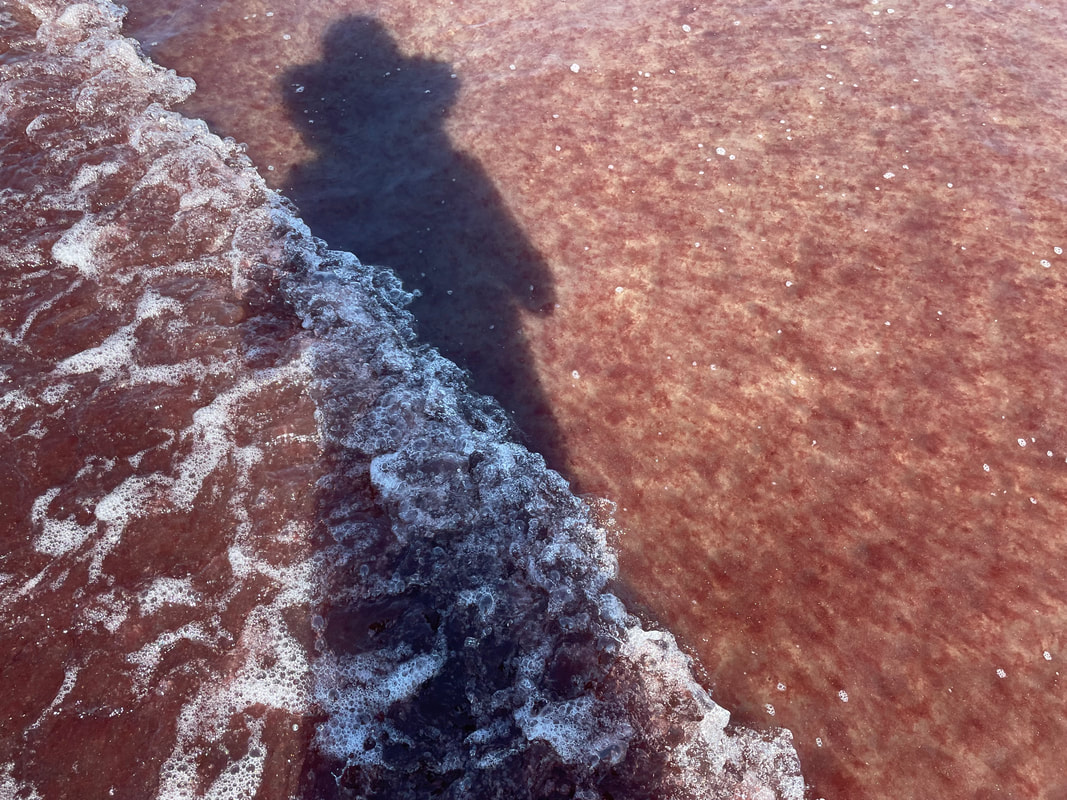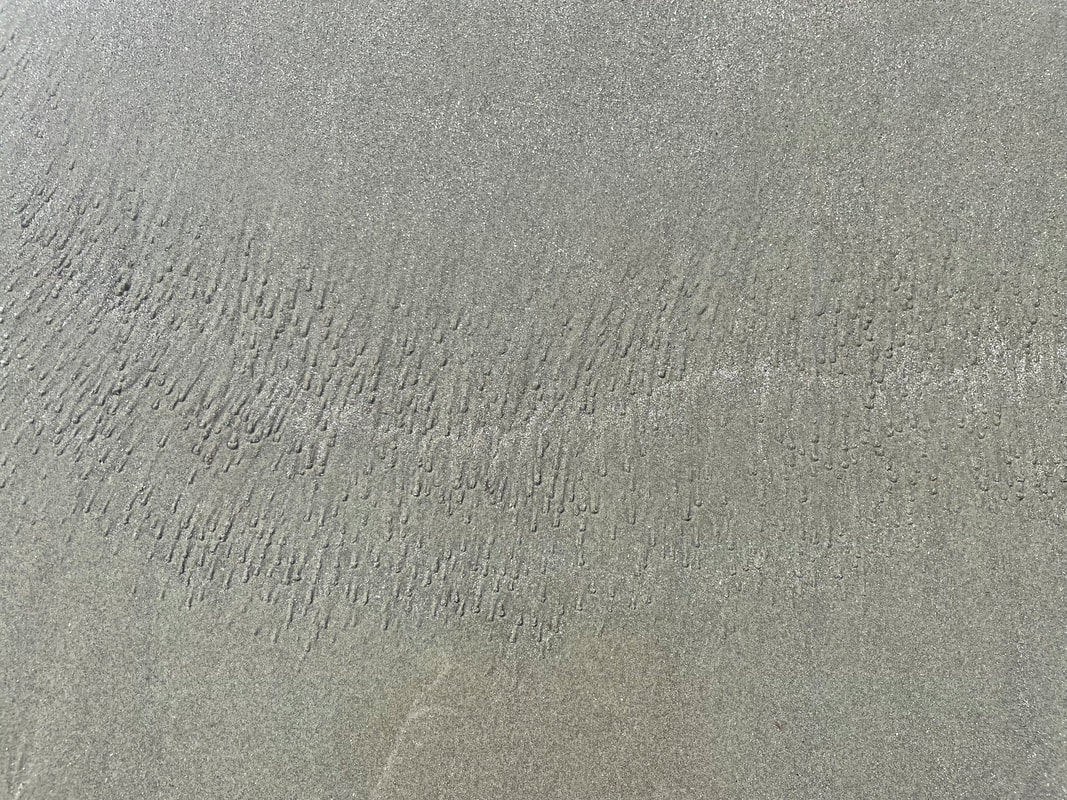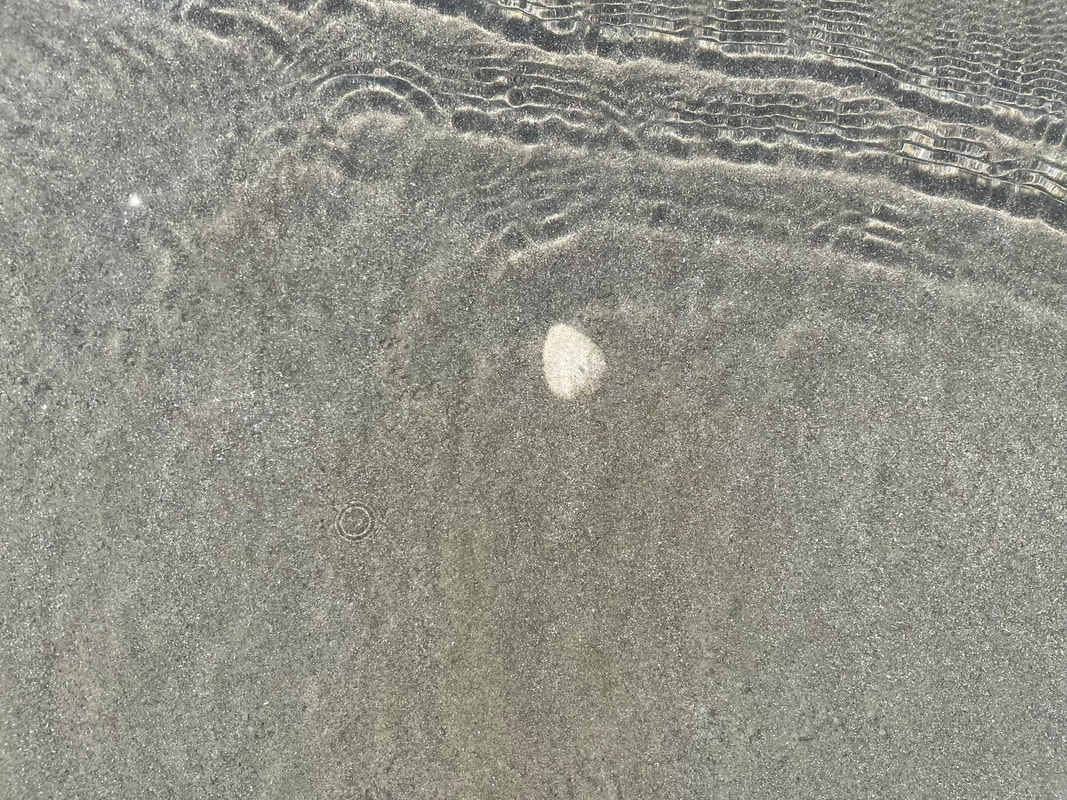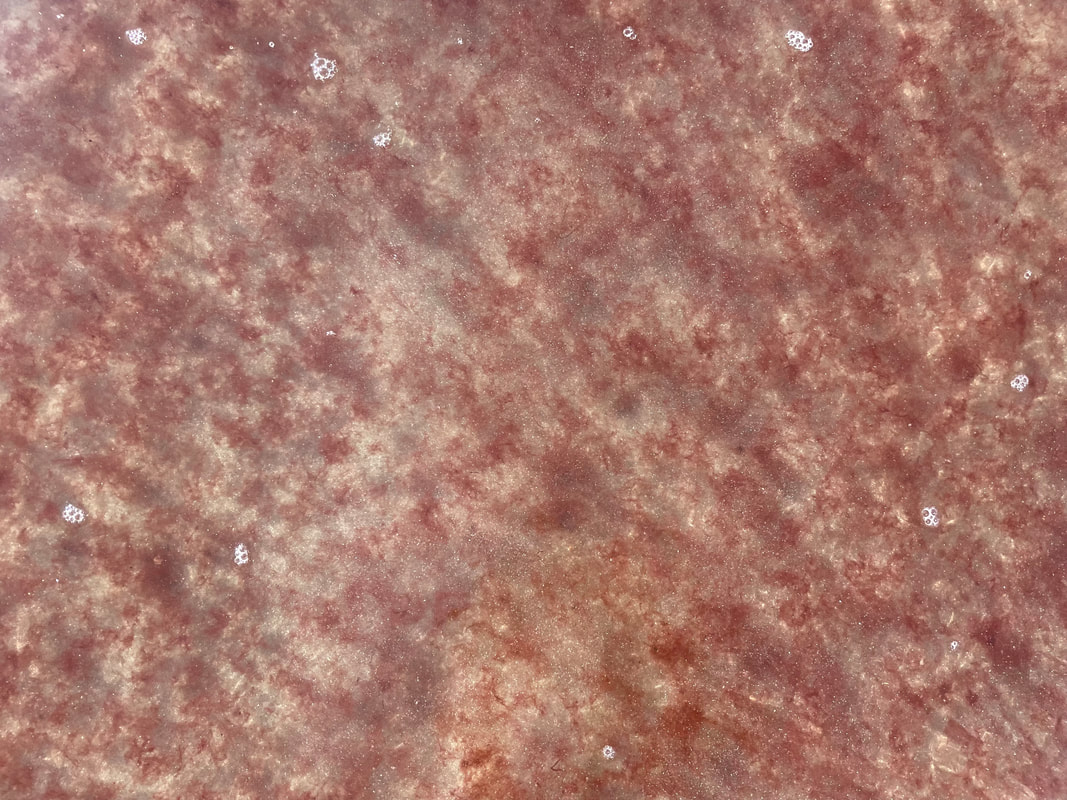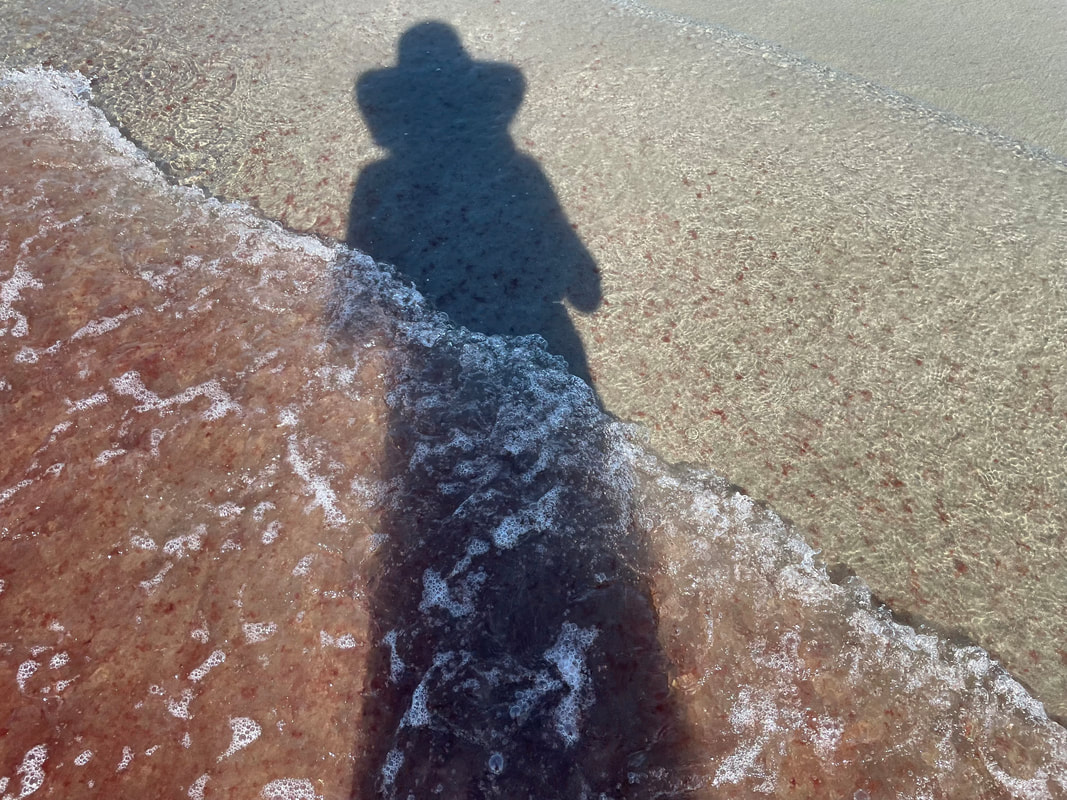|
*This is a new entry of my project POWER of meanings // MEANINGS of power.
It might not seem like something special, but I believe that it is an essential form of individual power that most people have (but do not necessarily consistently use). It is essential because using this form of power allows us to get some control over our reactions to our own emotions and to things happening around us. When we do not use the power to change the way we see things, we are unable to see the difference between the way we are (the way we feel) and the way the world around us is. When we do not notice that we see things from a certain perspective, we are less satisfied in our everyday lives (according to buddhism, we live the life of suffering). At worst, the inability to tap into this power can lead to bitter conflicts and painful mistakes, to actions that hurt others as well as ourselves. Just to clarify, the term "power to change how you see things" is arbitrary. Like many other concepts and distinctions that I use in this project about power, the term "power to change how you see things" helps me dig into the broad topic of power, but it is just one of many possible ways to talk about it. I could as well talk about "power to recognize that we see things from a certain perspective", or "power to recognize that other people see things differently, and that's ok!", or "power to notice how our perspective is shaped by our backgrounds and emotions". Let me offer an example, a story that illustrates how one can use the power to change the way one sees things. This story comes from my family trip to Rhode Island in the summer of 2022. Rhode Island is one of my happy places (especially when it's warm!). I actually lived there for a few years. Every time I revisit the state, I look forward to spending time by the ocean. All the parents out there know that vacation with small kids is not really a vacation. It is hard work. During my 2022 summer trip, I enjoyed seeing familiar places and faces, but I was also often tired and could not do what I wanted with my day. It was hard to avoid frustration, but I knew that it was important not to let this frustration control how I was experiencing this trip. I was managing this emotion, and it was hard! (This makes sense, since making an effort is a prerequisite of using power.) One morning, I was getting ready to spend some time at the beach with the kids, when tensions and uncertainty crept in our plans. We almost decided to go somewhere else, but eventually I did end up getting to the beach together with the children. However, after the unpleasant beginning of the day, I felt stuck in a bad mood. So here I was, finally at the beach with my kids, but instead of enjoying the warm waves touching my feet I was feeling the waves of frustration rising in my chest. I was frustrated about the morning disagreement with my husband that almost prevented me from going to the beach. On top of that, there was an even worse kind of frustration: the one about finally being at the beach and not being able to properly enjoy it. I knew that I had to make an effort to get out of this vicious cycle of frustration. The first element of power to change how we see things is realizing that we see them a certain way. I was reminding myself about it, but I was still feeling the frustration. The second element was realizing that changing the way I was seeing things at that moment was possible. So I focused my mind on the fact that I was at the beach as I had wanted to and that it was up to me to enjoy it. But I also knew that I needed to be gentle of myself. To be effective, all these realizations and reminders needed to happen without any trace of self-judgement. By the summer 2022, I had been practicing mindfulness for a while, so I knew that I needed to pay attention to the moment, which included my emotions and my surroundings (instead of the circular thought about what the unpleasant morning interaction, about almost not going to the beach, or about my inability to just relax). As I was focusing on my surroundings, which I wanted to experience so much to begin with, I decided to document (via pictures and videos) various little details that I was noticing. This helped me to ground myself in the moment instead of letting the "itty bitty shitty committee" in my head play the "woulda-shoulda-coulda" game. I looked down at the sand I was standing on, with the gentle waves coming in and out. The first thing I noticed was that, each time the water receded, the sand it left behind revealed little patterns that looked a bit like bird's feathers, or perhaps like parts of a plant.
The water was softly coming and going, coming and going. The predictability and gentleness of this movement was calming, but it was never boring because patterns of the sand and of the water were always changing. I noticed that the water carried some sand with it, and the sand swirling in the water created what seemed like small shimmering clouds.
The water was also creating tiny ripples and bubbles. The bubbles were busting and creating tiny circles of ripples that were overlapping in intricate waves and disappearing almost instantly. With its transparent quality, the water seemed like liquid glass decorated here and there with the sparkling whirlpools of sand.
As I was observing this simple natural beauty, my frustration was still there, swelling in my chest. Instead of feeling frustrated about the frustration, I let it be and kept bringing my focus back to the ocean. I was reminding myself that I could see the situation differently, but that it was also ok that I wasn't seeing the way I wanted (not colored by frustration).
So I just kept looking underneath at the softly moving water. Sometimes, I could see small stones or shells buried in the sand. It was soothing to look at the soft lines of water ripples, of the circles left by bursting bubbles, and of small natural objects that the sand revealed.
All this time I was standing in very shallow water. In fact, half of the time, there was no water touching my feet because the waves were coming and going. Next, I moved to a slightly deeper place.
Here I could observe another element: red weed coming and receding together with the waves. Instead of looking closely at the sand, I changed my perspective to see how the water was receding. I noticed that the very edge of the incoming wave was creating a rolling border of sand. I also saw bigger sand whirlpools in the water mixing up with floating fluffy clumps of red weed. The receding water was creating shiny patterns in the sand that looked like fabric.
The seaweed mixing with shimmering sand clouds, with tiny bubbles floating on top, created yet another pattern. Whenever I changed the place I was standing or the angle I was looking from, new details emerged. The more I paid attention to them in the moment, the easier it was to let go of the frustration. I was not forcing it to go away, not telling myself that I need to let it go or that I need to do it faster. I was just letting my emotions go, and it was helping.
There were just so many things happening in the water at the same time! The swirls and the shimmer, little waves and ripples coming in from different directions and overlapping gently, the red weed mixing up with whirlpools of sand, the bubbles and the circles they left, the mysteries of tiny objects (shells and stones) hiding under the water filled with shimmer and color and light.
And then there was sparkles of sunlight that I could see when I looked at the water from yet another angle. The reflection of the sun looked differently whether it was on the sand with the water receding, or on the incoming wave filled with bubbles, red weed, and sand clouds. The sparkles of sun looked like liquid silver; they were hinting at some treasure hidden beneath the water.
I also enjoyed looking at my feet being licked by the gentle waves. My feet, grounded in the sand, were adding more patterns when the water was receding. I felt myself not like a distant observer but like a part of the beautiful play of natural elements that I allowed myself to witness.
I was looking at my shadow, decorated by the living-glass waves, soft bubbles, tiny ripples, and by sand whirlpools mixing with red seaweed. I was a part of the moment, in the moment, and I was feeling happier and more relaxed.
This story is an example of me using my power to see things differently. Admittedly, "things" in this wording is a pretty vague term. I am talking about my ability to see differently the whole situation, but also an ability to see things around me in a different light. I was able to change the focus of my attention from frustration to all the objects and details that make the ocean beach such a special place for me.
Notice that the change of the focus was natural and gentle. I do not think that changing the way you see things can be done by force of shame. I was not telling myself, "Hey, you are at the beach now! Isn't that what you wanted. You should feel better already!" Instead, I allowed myself to remember what I love about the ocean and simply enjoy the moment without self-judgement. It should be clear by now that power to change how you see things is a form of mental power. This is also an example of the power to focus on the now, which is essentially the power of mindfulness. It requires noticing that we see things a certain way and recognizing that the way we see things can be changed. Standing at the beach that day, I was reminding myself that the frustration was coloring how I was experiencing things around me, and that I could experience the moment differently. I was not telling myself, "You can see things differently if you want to" because that would have been a form of self-judgement. Instead, I just told myself, "Hey, this is just the way I see things now, but I can see them differently". This soft reminder helped me, indeed, to see things differently there and then. I believe that anybody can change the way they see things, but the wiggle room of this change is different for different people. For example, a person suffering from depression can probably change the way she sees things to a certain extent, but it is definitely not the same extent that I have. More specifically, a person suffering from depression would find it very hard - by the nature of this condition - to recognize that when things seem hopeless, this is just how she sees them. (Just to clarify, I know very little about clinical depression, so my ideas about it might be erroneous.) Even if we do not imagine such a challenging circumstance as depression, for an average person changing the way he sees things can be very difficult. That is to say, one cannot easily see things in any possible way. The way we see things is determined by our environment (culture and upbringing), by individual features of one's physiology and psychology, as well as by specific circumstances. We are not entirely free to change the way we see things any way we choose. In this sense, it would be unfair to expect another person to easily change their perspective in the way you think would be beneficial for them. I might think that it would be helpful for my child not to be afraid of vampires under his blanket; but it would not be fair for me to assume that it would be easy for him to recognize that there are, indeed, no vampires hiding there. Changing the way we see things is determined by many circumstances outside of our control as well as by some things within our control. I believe that most people have some wiggle room, and that’s where their choice to change the way they see things can happen. But who's to judge how big this wiggle room is? Because changing the way we see things is a form of mental power, it is an invisible power so we often don’t know that we have it, and if we use it, it might not be obvious to ourselves and others.
0 Comments
Your comment will be posted after it is approved.
Leave a Reply. |
SIGN UP to receive BLOG UPDATES! Scroll down to the bottom of the page to enter your email address.
I often use this blog to share new or updated entries of my hypertext projects. If you see several versions of the same entry published over time, the latest version is the most updated one.
|
